Restoration of the Church of Santa Isabel in Lisbon wins the Vilalva Prize
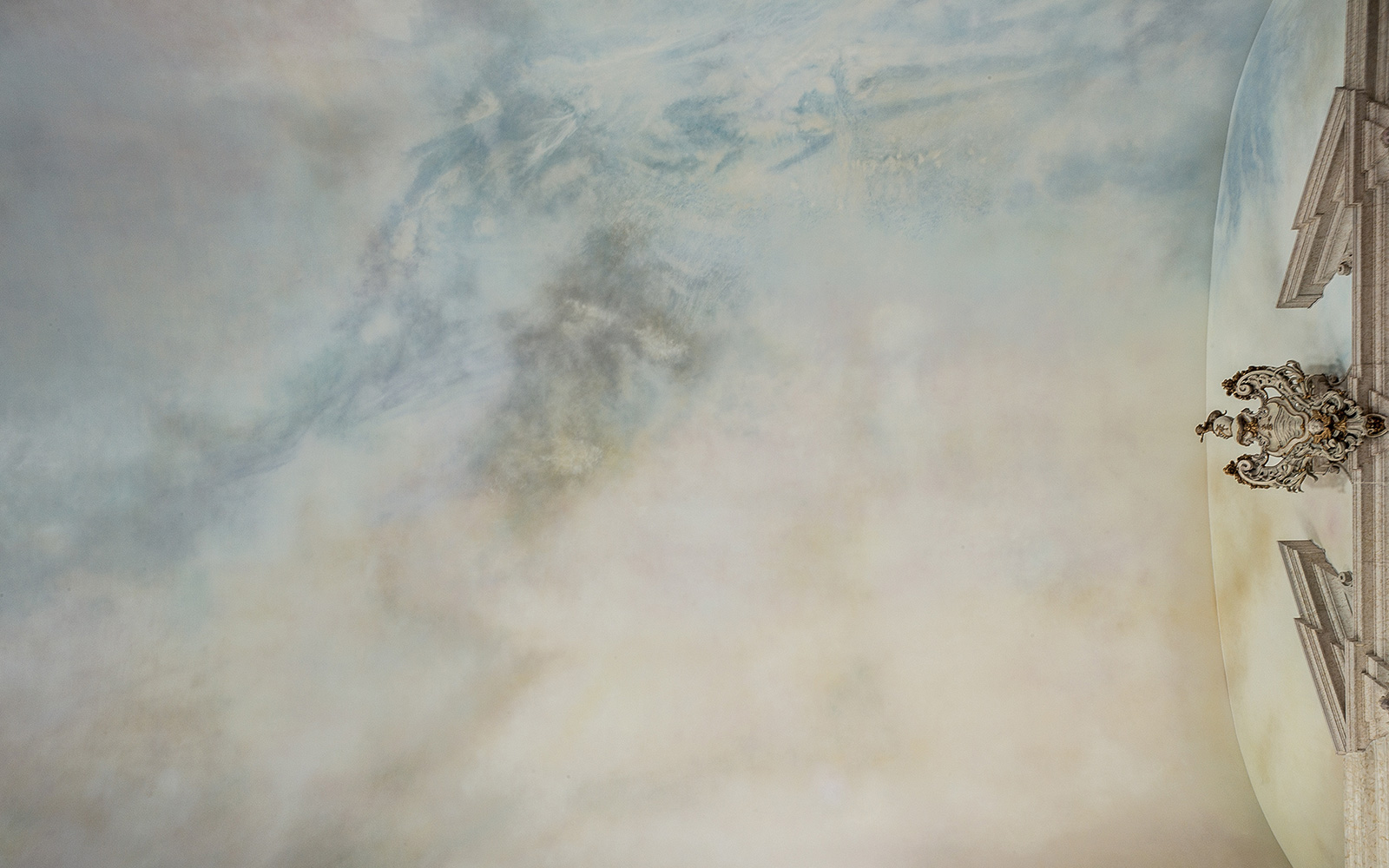
The jury – made up of António Lamas (Chair), Raquel Henriques da Silva, Santiago Macias, Gonçalo Byrne, Luís Paulo Ribeiro and Rui Vieira Nery (director of the Gulbenkian Culture Program) – highlighted the excellence of the conservation and restoration work and the enriching of this Church built in 1742 on the initiative of Patriarch Tomás de Almeida. The jury furthermore highlighted:
The jury also decided to attribute an honourable mention to the reconversion and rehabilitation project for the Building on Rua da Boavista, 69, also in Lisbon. According to the jury, this decision stems from the quality of the reconversion and rehabilitation project for this late 18th century building and the dedication of the architects Filipa Pedro and Paulo Pedro to the restoring and recreation of various built and decorative features of the original building or its successive phases throughout its history.
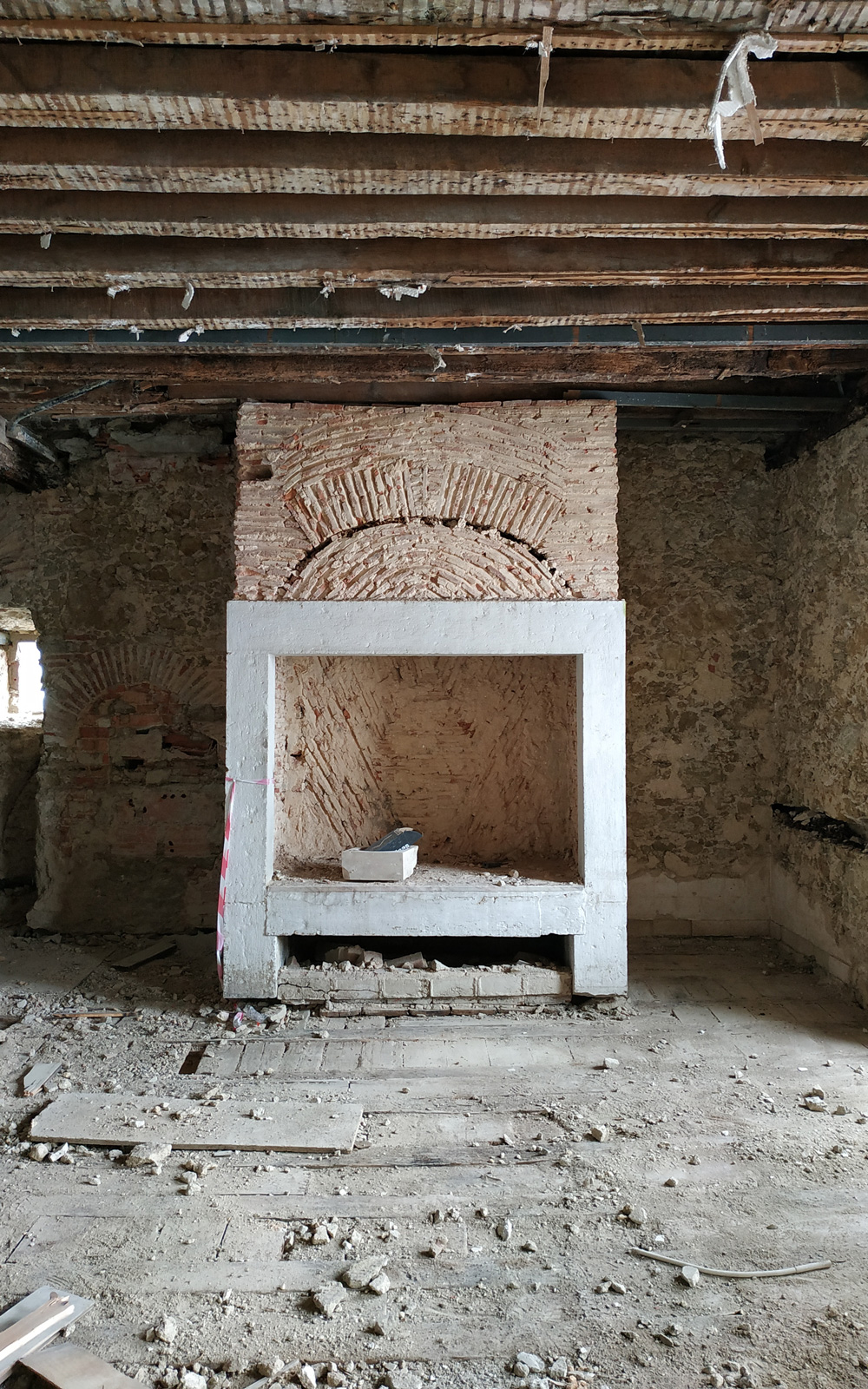
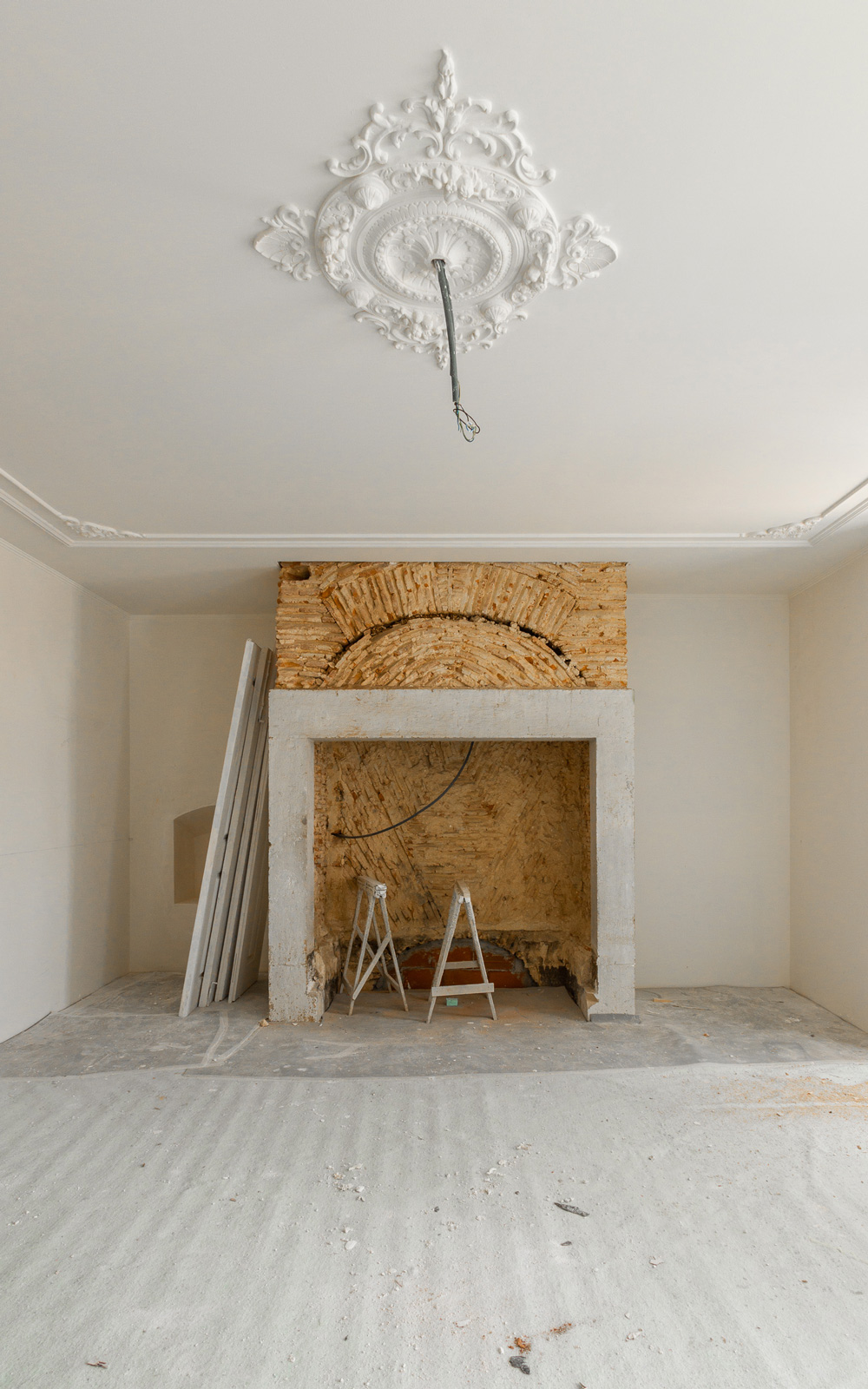
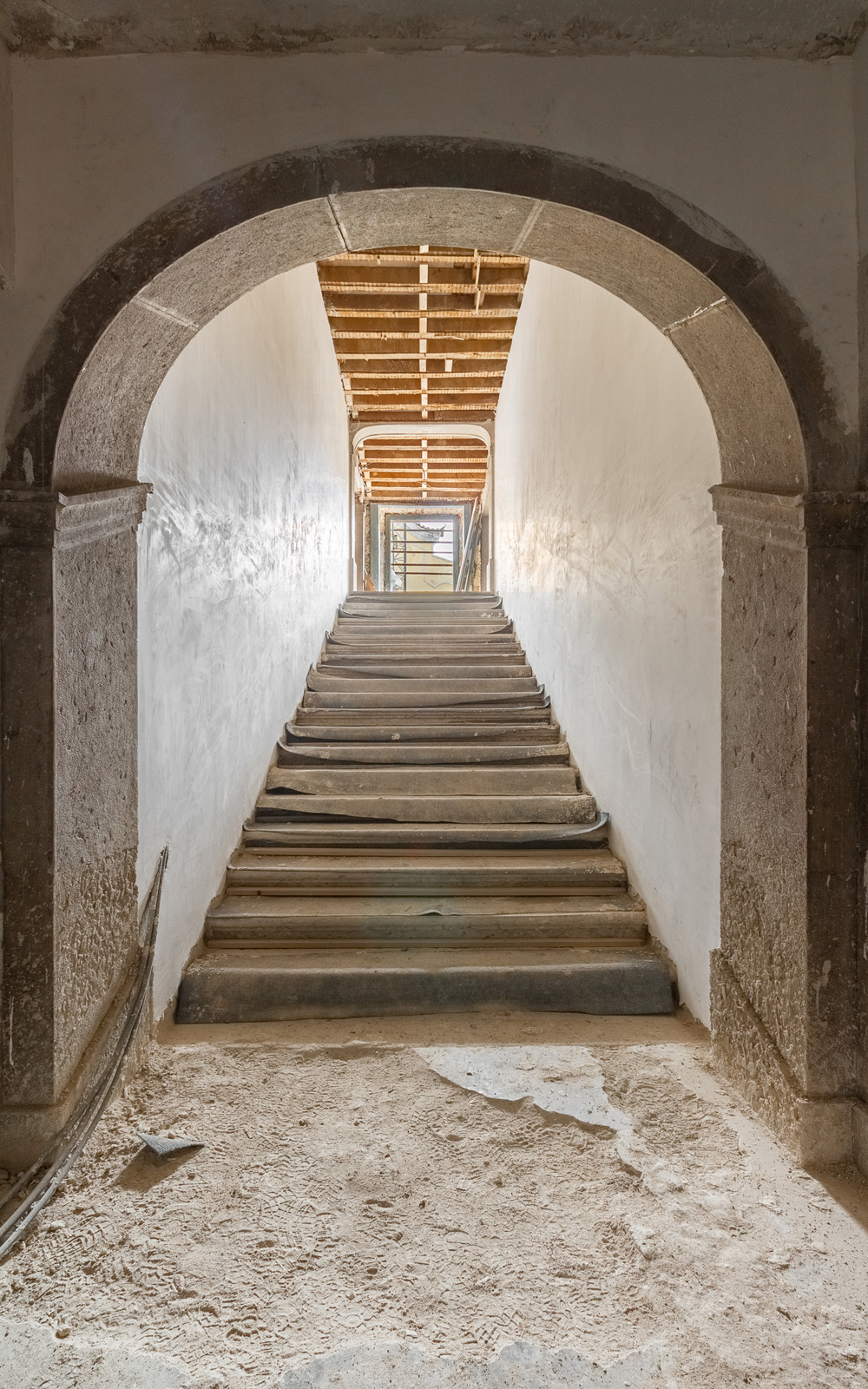
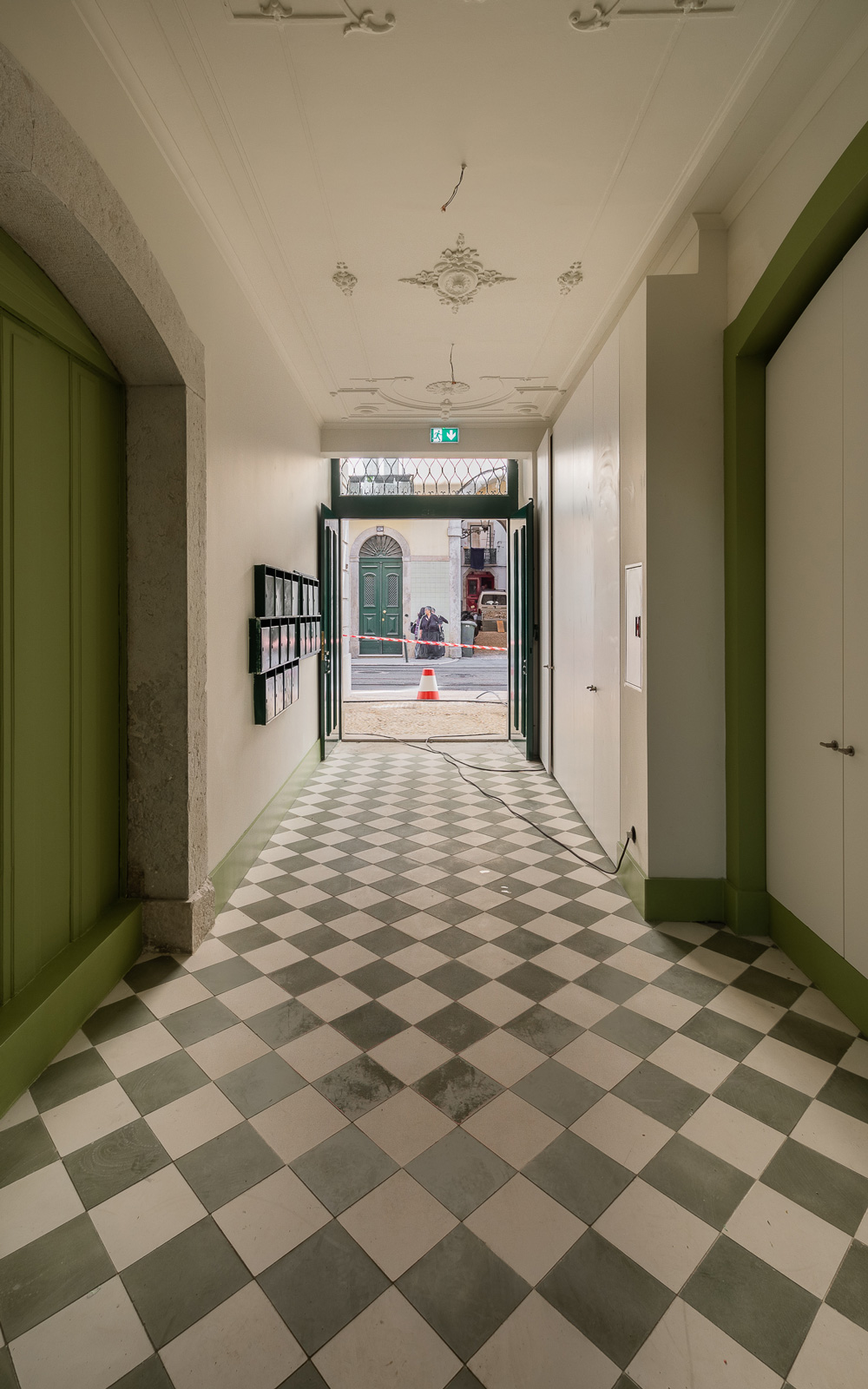
Maria Tereza and Vasco Vilalva Prize
The Vilalva Prize was launched in 2007, on the occasion of the acquisition of the remainder of the Santa Gertrudes Park from Maria Tereza Belo Eugénio de Almeida, widow of Vasco Eugénio de Almeida, Count of Vilalva.
Founded in honour of Vasco Vilalva, the Prize’s objective is to distinguish the very best culture heritage restoration projects undertaken by private entities within Portugal. Coming with a cheque for 50,000 euros, this is the leading Portuguese prize in this field.
The acquisition of the remainder of the Santa Gertrudes Park enabled, in its turn, the reunification of the Park. Work on this reunification remains ongoing, with the Park’s reopening (as a complete unit) planned for the first quarter of 2022. At that time, the Park will be able to provide the city with renovated external spaces, new points of access and a new visitor route crossing the former Modern Collection building. This intervention, which makes up part of the project that won the ideas tender launched in 2019, is the work of the Japanese architect Kengo Kuma in association with the landscape architect Vladimir Djurovic.
